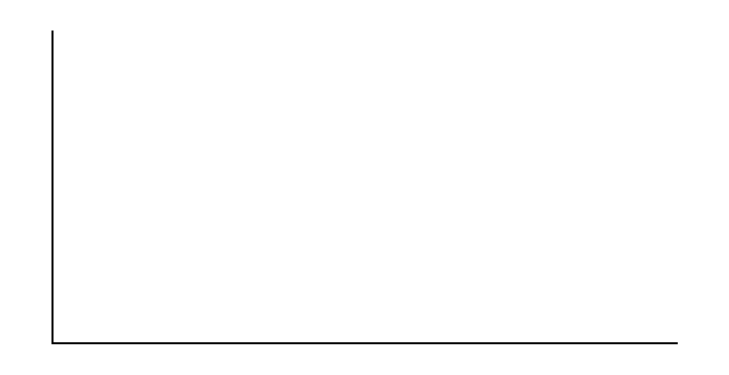Continuous Distribution
Continuous Distribution
Class Time:
Names:
Student Learning Outcomes
- The student will compare and contrast empirical data from a random number generator with the uniform distribution.
Collect the DataUse a random number generator to generate 50 values between zero and one (inclusive). List them in (Figure). Round the numbers to four decimal places or set the calculator MODE to four places.
- Complete the table.
__________ __________ __________ __________ __________ __________ __________ __________ __________ __________ __________ __________ __________ __________ __________ __________ __________ __________ __________ __________ __________ __________ __________ __________ __________ __________ __________ __________ __________ __________ __________ __________ __________ __________ __________ __________ __________ __________ __________ __________ __________ __________ __________ __________ __________ __________ __________ __________ __________ __________ - Calculate the following:
 _______
_______- s = _______
- first quartile = _______
- third quartile = _______
- median = _______
Organize the Data
- Construct a histogram of the empirical data. Make eight bars.

- Construct a histogram of the empirical data. Make five bars.

Describe the Data
- In two to three complete sentences, describe the shape of each graph. (Keep it simple. Does the graph go straight across, does it have a V shape, does it have a hump in the middle or at either end, and so on. One way to help you determine a shape is to draw a smooth curve roughly through the top of the bars.)
- Describe how changing the number of bars might change the shape.
Theoretical Distribution
- In words, X = _____________________________________.
- The theoretical distribution of X is X ~ U(0,1).
- In theory, based upon the distribution X ~ U(0,1), complete the following.
- μ = ______
- σ = ______
- first quartile = ______
- third quartile = ______
- median = __________
- Are the empirical values (the data) in the section titled Collect the Data close to the corresponding theoretical values? Why or why not?
Plot the Data
- Construct a box plot of the data. Be sure to use a ruler to scale accurately and draw straight edges.
- Do you notice any potential outliers? If so, which values are they? Either way, justify your answer numerically. (Recall that any DATA that are less than Q1 – 1.5(IQR) or more than Q3 + 1.5(IQR) are potential outliers. IQR means interquartile range.)
Compare the Data
- For each of the following parts, use a complete sentence to comment on how the value obtained from the data compares to the theoretical value you expected from the distribution in the section titled Theoretical Distribution.
- minimum value: _______
- first quartile: _______
- median: _______
- third quartile: _______
- maximum value: _______
- width of IQR: _______
- overall shape: _______
- Based on your comments in the section titled Collect the Data, how does the box plot fit or not fit what you would expect of the distribution in the section titled Theoretical Distribution?
Discussion Question
- Suppose that the number of values generated was 500, not 50. How would that affect what you would expect the empirical data to be and the shape of its graph to look like?

